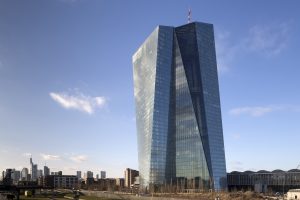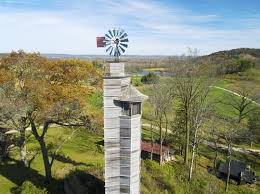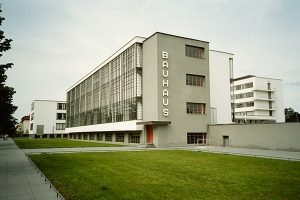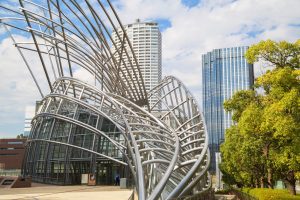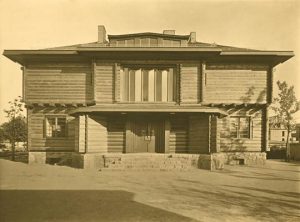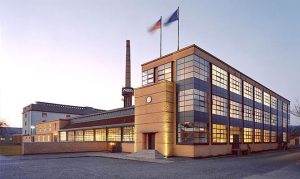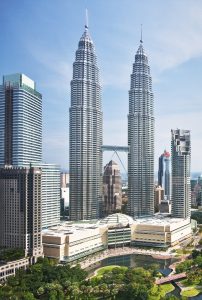The European Central Bank (ECB) designed by Coop Himmelblau is an impressive feat of architecture and shows beauty where it’s not thought to be found. The building is derived from a polygonal shape cut into half and the sides of the two are switched giving this building its unique and beautiful shape.
